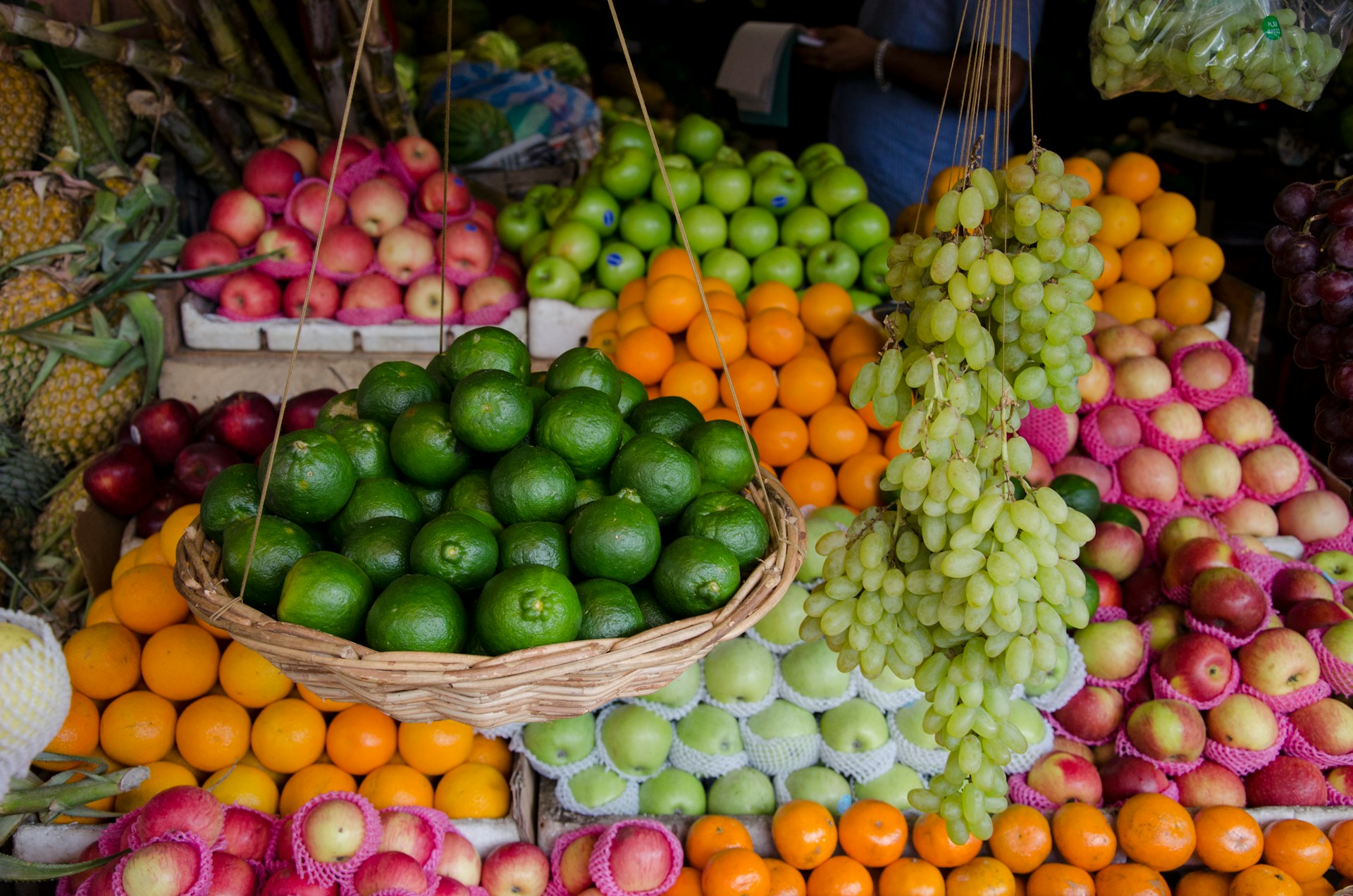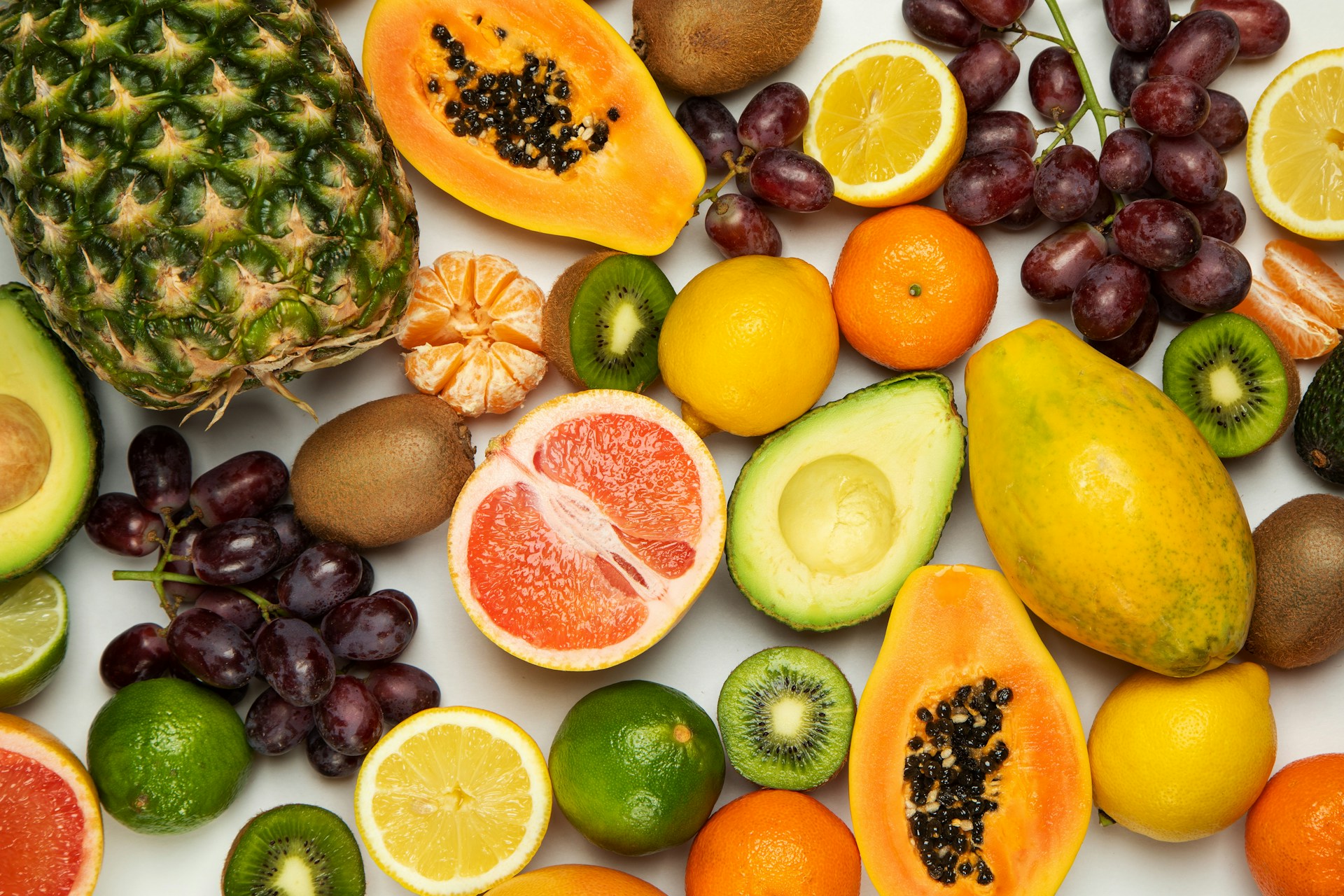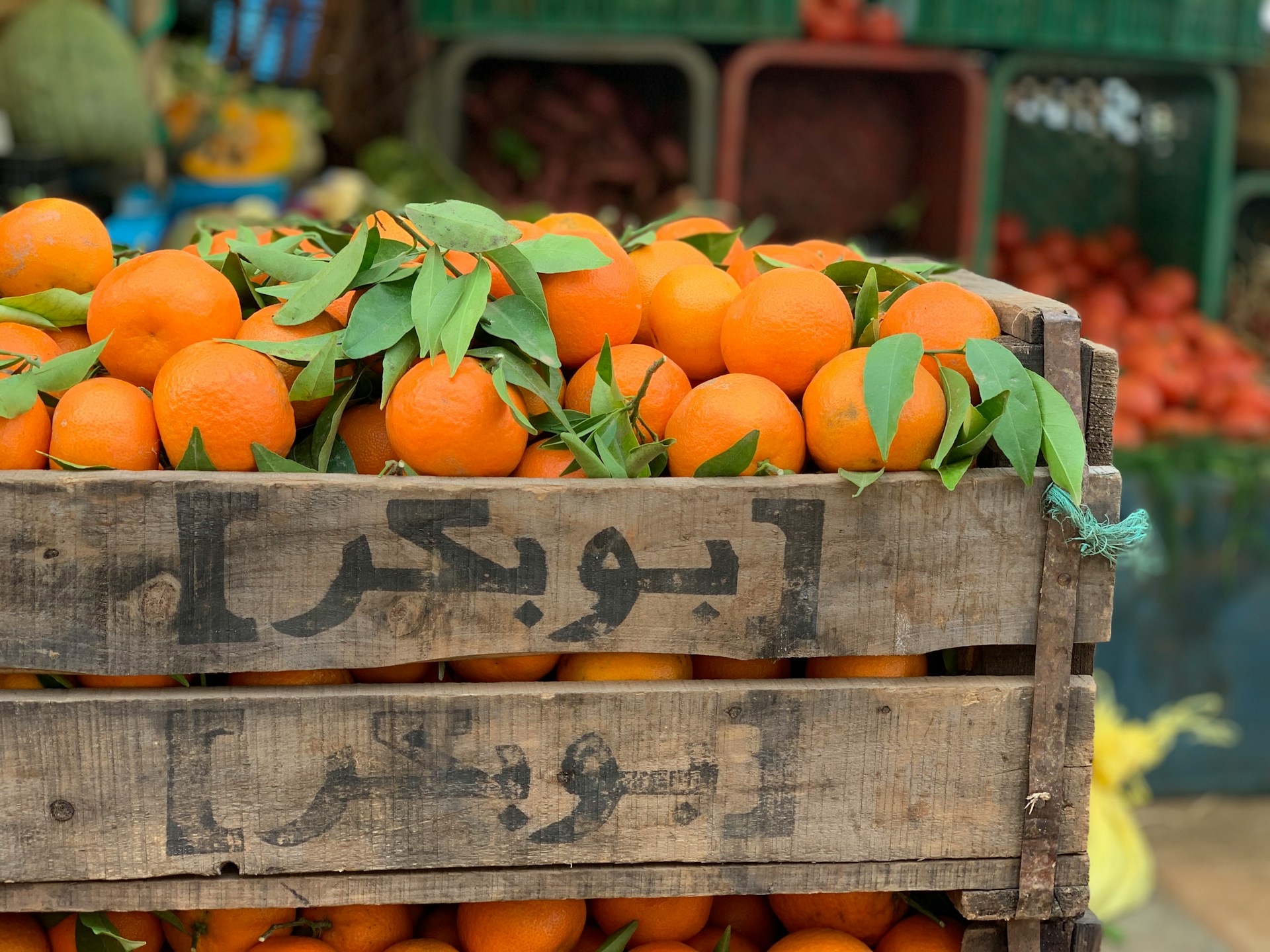In the ever-evolving world of food production, keeping pace seems to be a challenge for many.
Recent years have witnessed massive transformations in produce processing, brought about by steadily evolving consumer demands and technological improvements.
Increased awareness concerning food safety, health, and the environment also form influencing factors.
Nutrition and sustainability have now become key drivers, steering innovation in the sector.
New trends and practices are emerging rapidly, shaping a future that seemed distant just a few years ago.
This article highlights these newest trends, providing insights into what we can anticipate in the near future of produce processing.
Emerging Trends In Produce Processing
1. Incorporation of Artificial Intelligence in Quality Control
The incorporation of Artificial Intelligence (AI) in quality control mechanisms has become an emerging trend in produce processing.
Artificial Intelligence technology is expediting and enhancing quality control procedures in the produce processing industry.
The use of AI has proven to increase efficiency and create a substantial reduction in food waste.
Produce processing companies are increasingly implementing AI technology to pinpoint defects and impurities not easily detected by human supervision.
Moreover, Artificial Intelligence is being utilized to predict harvest yields and monitor crop health, which in turn significantly enhances the quality and quantity of the produce processed.
Using AI algorithms, automatized sorting systems can separate faulty goods from quality produce swiftly and accurately.
This intelligent sorting not only increases quality but also reduces manual labor intervention, thereby minimizing potential for human error.
Additionally, nourishment contents, ripeness, and color of produce are also assessed using AI-based quality control systems.
A robust AI system can detect even slight variations in shades of color, determining the ripeness and freshness of the item far beyond human capability.
Furthermore, AI can also calculate and analyze the nourishment values of processed foods.
This is crucial for food labeling and also to ensure adherence to increasingly stringent food standards and regulations.
AI-driven systems in quality control are designed to learn and improve over time, continually refining their accuracy and effectiveness.
Through machine learning, these systems can recognize patterns and make predictions, continually improving quality control over time.
AI technology in produce handling offers continuous-process inspection, predictively mitigating issues in time, rather than incurring costly post-production recalls.
Undoubtedly, the integration of Artificial Intelligence in quality control processes is drastically improving the overall efficiency and output of produce processing industries.
The advantages of AI in quality control extends beyond profits, playing a significant role in ensuring food safety and reducing global food waste.
With the pace of technological advancements and the promise of AI, it is expected that its role in quality control will become even more central in future produce processing methodologies.
2. Use of Advanced Packaging for Shelf-Life Extension
The emergence of advanced packaging has greatly contributed to the retention of nutritional value and extension of the shelf-life of fresh produce.
One of the significant advancements in this area is the introduction of intelligent packaging.
These seemingly smart containers are capable of monitoring the conditions within the packet, aiding in maintaining the freshness of produce for extended periods.
Other than providing physical protection, packaging now plays an essential role in reducing food waste, extending shelf-life, and maintaining the sensory and nutritional value of produce.
Moreover, self-healing packaging, temperature-sensitive, or gas-enhancing packaging are now being used in the food processing industry, which greatly enhance the efficacy of storage and distribution in the supply chain.
These packaging systems actively interact with the environment in the package, removing any undesirable gases, releasing desirable ones, and controlling the temperatures, ensuring long preservation periods.
A category of such advanced packaging is the use of anti-microbial films.
These films contain substances that prevent the growth of microorganisms that cause food spoilage, thereby extending the shelf-life of the produce.
Besides, edible coatings made up of proteins, polysaccharides, or lipids are also now extensively being used in advanced packaging solutions.
On application, these coatings form a semi-permeable barrier that moderates gas exchange, prevents moisture loss, and retains essential nutrients in the food.
Nanotechnology has also found its way into food packaging.
The use of nanomaterials in packaging significantly improves barrier properties, enhancing food safety while simultaneously extending shelf-life.
For instance, nano-clay incorporated into packaging material creates a barrier that prevents the penetration of oxygen, thus prolonging the shelf-life of packaged foods.
Nano-silver is another example of nanomaterial used in packaging, displaying strong anti-microbial properties that help inhibit the growth of food spoilage microorganisms.
Thus, the application of advanced packaging offers an efficient method of safeguarding the quality, safety, and freshness of processed food, representing a significant trend in produce processing.</p
3. High Pressure Processing for Preserving Freshness
The emerging trend of High Pressure Processing (HPP) in produce processing is revolutionizing the industry, offering a more effective way of preserving freshness in food products.
This technology works on the principle of applying high pressure to inactivate bacteria, enzymes, and other microbes that cause food spoilage.
One of the unique benefits of HPP is that it does not utilize heat, thus, preserving the nutritional value, color, texture, and flavor of products.
When compared to traditional pasteurization methods, HPP is often superior as it delivers fresh-tasting and highly nutritious products.
Moreover, unlike thermal treatments, HPP does not alter the organoleptic properties of food, ensuring consumers enjoy products that taste as they should.
Therefore, this method is becoming increasingly popular in the processing of juices, ready-to-eat meals, meats, seafood, and more.
Notably, the market for HPP food is expected to grow significantly in the coming years, fueled by the increasing consumer demand for fresh and minimally processed foods.
Despite its many benefits, the adoption of HPP is still not widespread, primarily due to the high initial investment required.
However, considering the long-term benefits such as extended product shelf-life and reduction in product returns and recalls, many businesses consider it a worthy investment.
HPP technology can also contribute to reducing food waste, as the extended shelf-life means fewer products go to waste.
Additionally, the process reduces the dependence on preservatives and artificial additives in food products, meeting the consumer demand for cleaner labels.
Given the numerous benefits, it is anticipated that HPP will see more widespread adoption in the future as more food businesses recognize its potential.
The introduction and advancement of HPP have offered the food industry a robust tool to tackle key food processing challenges.
As the technology continues to mature, we can expect to see further innovations and improvements, making HPP an even more integral part of the food processing sector.
Indeed, the rise of high pressure processing represents a significant advancement in the field of produce processing, promising a future of fresher, healthier, and more sustainable food options.
4. Enhanced Nutritional fortification in processed foods
The agro-industrial sector has shifted its attention to the development and deployment of enhanced nutritional fortification in processed foods.
Such advancements are precipitated by the continually increasing concern over good nutritional practices and health consciousness among consumers.
Supplementing processed foods with essential nutrients such as vitamins and minerals has become a cornerstone strategy for improving the nutritional quality of these products.
The aim is not merely to ensure that these foods satisfy hunger, but also to make significant contributions to the overall nutritional status of consumers.
Several food processors are therefore striving to use state-of-the-art technologies to enhance the addition of these nutrients during food processing.
One of the recent developments in nutritional fortification includes the incorporation of nanoencapsulation technology.
This technology has shown great promise in improving the delivery, stability, and bioavailability of incorporated nutrients.
Moreover, it ensures that these nutrients are released at the right time and site, thus maximizing their beneficial effects.
Besides the technological advancements, legislative regulations are also playing a key role in steering this trend.
A number of countries have enforced laws which require food processors to fortify certain food items with particular nutrients, like iodine in salt and vitamin A in margarine.
On top of this, processors are now also focusing on nutrient-dense formulations in processed foods.
They are utilizing underexploited nutrient-rich cereals, legumes, and vegetables as raw materials to maximize the nutrient content in the finished products.
Furthermore, some companies are going a step further by opting for the addition of functional ingredients, such as probiotics and prebiotics that provide health benefits beyond basic nutrition.
Overall, enhanced nutritional fortification in processed foods can be seen as a proactive strategy that aligns with the increasing demand for healthier food options.
This trend, indeed, signifies a major shift in the food processing industry, proving it is not just about palatability, but also about becoming a key player in promoting public health.
5. Adoption of sustainable and eco-friendly processing methods.
The food industry has long been notorious for its high environmental impact, brought on by intensive production processes, waste generation, and the high energy usage of conventional processing methods.
This impact is intensified further when factoring in transportation from the harvesting site to the processing plant, from the processing plant to retailers, and finally, from retailers to consumers’ homes.
Recognizing these challenges, the industry has, in recent years, begun to shift towards more sustainable and eco-friendly processing methods.
This shift is motivated not only by the industry’s responsibility towards the environment but also by consumers’ increasing demand for sustainably processed food products.
An example of such a method is the adoption of solar panels in the processing plants.
This adaption maximizes the use of renewable energy source thereby significantly reducing their reliance on non-renewable energy sources like fossil fuels.
In addition to solar power, other sources of renewable energy such as wind and hydroelectric power are also being increasingly utilized in the food processing industry.
Moreover, there is a growing trend towards the use of energy-efficient equipment in processing plants, such as high-efficiency boilers and energy-saving lighting systems.
Another noteworthy trend is the minimization of water usage, through methods such as recycling process-water or substituting water with other mediums where possible.
Adopting these sustainable and eco-friendly processing methods is not only better for the environment but can also lead to significant cost savings in the long run.
Companies that adopt these practices are also more likely to be viewed favorably by consumers, as there is a growing trend towards consumer preference for products that are produced in an environmentally friendly manner.
However, as with all major changes, there are challenges and drawbacks associated with the transition to more sustainable methods.
For example, the initial cost of installing solar panels and other energy-efficient equipment can be high, and there can be logistical challenges associated with minimizing water usage or recycling process water.
Moreover, it takes time for the industry to adapt and for the benefits of these changes to become apparent.
Therefore, companies need to view these changes as long-term investments in their future and the future of our planet.
The Bottom Line
sentences long.
The incorporation and expansion of Artificial Intelligence in quality control shows promising potential for increasing efficacy within the food industry.
Likewise, innovative techniques such as Advanced Packaging and High Pressure Processing are extending shelf life and preserving freshness respectively, meeting the modern consumer’s demand for convenience without sacrificing quality.
With a more health-conscious society, enhanced nutritional fortification in processed foods is becoming a necessity rather than a luxury.
And, by adopting sustainable and eco-friendly processing methods, the food industry can ensure its practices are contributing to the global effort of environmental protection.
These developments collectively herald a dynamic, efficient, responsive and responsible future for the food industry.




